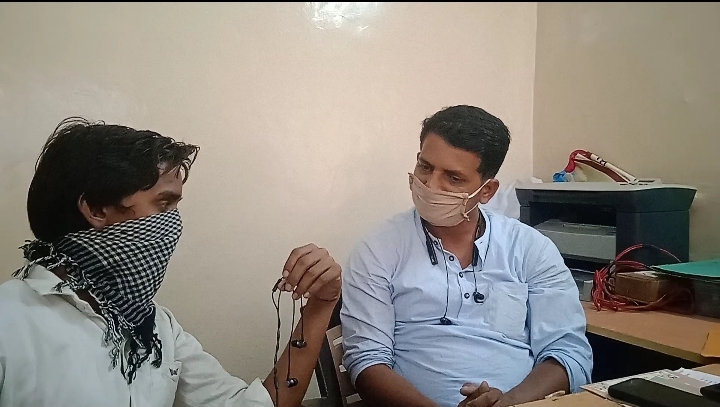
Story 3/10: Ali Akbar
“My brother-in-law helped me to come to Mumbai 10 years ago, he taught me stitching work for 2-3 months... all these years I have worked in the garment sector in Mumbai but [without any work] now I have come to Hyderabad and working here as painter." (1/4)
“My brother-in-law helped me to come to Mumbai 10 years ago, he taught me stitching work for 2-3 months... all these years I have worked in the garment sector in Mumbai but [without any work] now I have come to Hyderabad and working here as painter." (1/4)
For 10 years, Ali had worked in Mumbai in the garment sector as a karigar, or skilled worker & paid on a piece-rate basis, for every shirt stitched. His employer was forced to close down his unit, leaving Ali unemployed. (2/4)
Despite earlier relying on his social networks to find work and progress in his trade, the post-lockdown economy has yielded no results. The garment industry has been hit particularly badly, Ali says, & despite contacting his networks, he was unable to find work. (3/4)
Despite having worked as a skilled worker in garments for 10 years, Ali has been forced to take up painting in Hyderabad as a helper or 'unskilled' worker. W/o state social security or industry support, workers will be compelled to undertake precarious work to survive. (4/4)
• • •
Missing some Tweet in this thread? You can try to
force a refresh






